Chainwire is chainwire, right? Wrong!
The following are some things to be aware of:
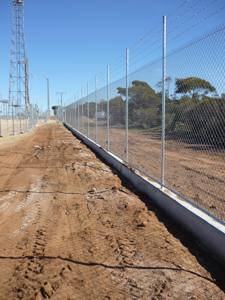
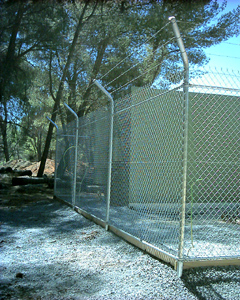
Wire types
Not only does Chainwire come in different size roll lengths and colours, but it can also be made using different wire types, such as:
– 2.5mm galvanised wire;
– 2.5mm heavy galvanised wire;
– 3.15mm heavy galvanised wire;
– 2.5mm galvanised core PVC coated wire ; or
– 3.15mm galvanised core PVC coated wire.
Wire diamond sizes
Diamond sizes can vary from a pitch of 25 to a pitch of 100. A pitch represents the distance between one side of the diamond and the opposing side, and will vary according to the application required.
Wire roll heights
Chainwire roll heights can vary greatly, from 900mm to 3600mm. As the height of a fence is often dependent on the application required, it is important to choose the correct roll height to minimise re-work and potential wastage.
Posts
According to Australian standards (refer below), posts used for chainwire fencing must comply with one of the following grades:
– Extra Light;
– Light; or
– Medium
Additionally, the following posts may be used in a chainwire fence application:
– End posts;
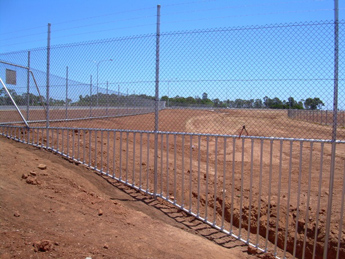
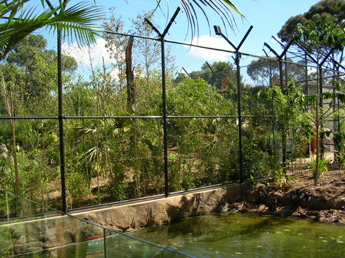
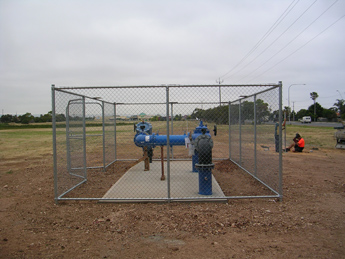
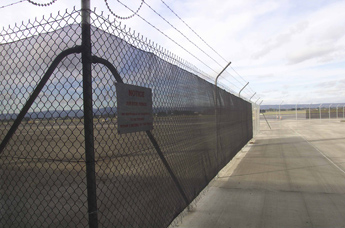
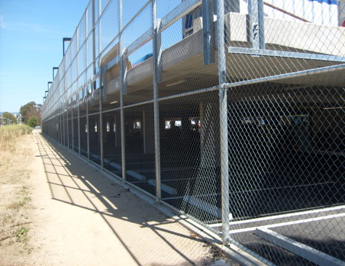
- These are the posts used at the end of the fence line and provide support for the chainwire mesh to be strained off. Accordingly, end posts are usually supported with an appropriate bracing strut, stay or top rail.
– Intermediate posts;
- These posts are positioned at regular intervals between corner posts and end posts and their main function is to support the chainwire mesh. Intermediate posts may also be extended above the height of the chainwire mesh to allow for the attachment of barbed wire.
– Corner posts;
- These fence posts are positioned at a corner to allow for the change of direction of chainwire mesh. Like end posts, corner posts are usually supported with an appropriate bracing strut, stay or top rail.
– Strainer posts;
- These posts are used as an intermediate strainer post on a chainwire fence and provide support for the chainwire mesh to be strained off. Again, strainer posts are often supported by an appropriate bracing strut, stay or top rail.
– Stays;
- Stays are used to provide support to end posts, intermediate posts, corner posts and strainer posts for the purpose of allowing chainwire mesh to be strained off.
– Gate posts;
- These posts are used to support a chainwire gate, should one be required.
Australian chainwire standards
The Australian Standard for chainlink security fencing is AS1725-2010 – Parts 1-5.
The standard comprises 5 parts:
- AS1725.1 – 2010 Chain link fabric fencing – Security fencing & gates – General requirements
- AS1725.2 – 2010 Chain link fabric fencing – Tennis court fencing – Commercial
- AS1725.3 – 2010 Chain link fabric fencing – Tennis court fencing – Private/Residential
- AS1725.4 – 2010 Chain link fabric fencing – Cricket net fencing enclosures
- AS1725.5 – 2010 Chain link fabric fencing – Sports ground fencing – General requirements
McNamara Fencing Contractors critically assess all materials used to ensure it complies with the above standards where this is specified.

